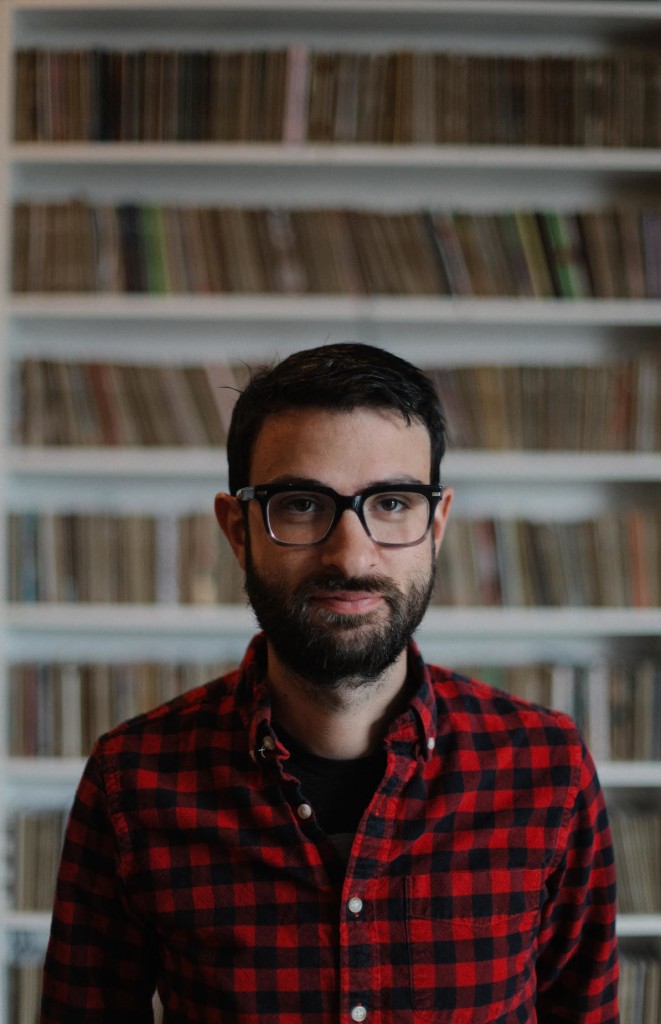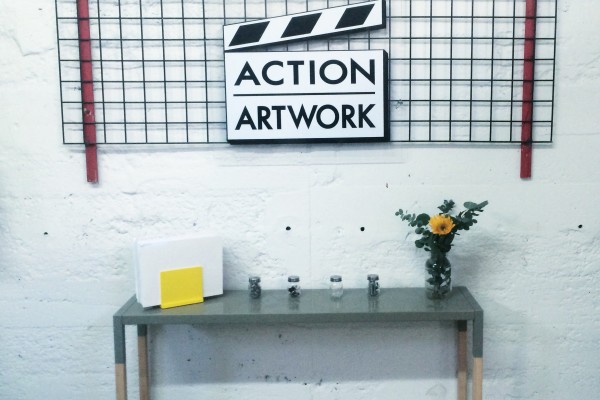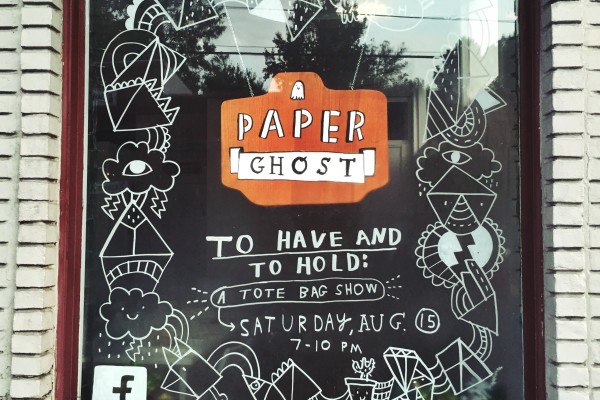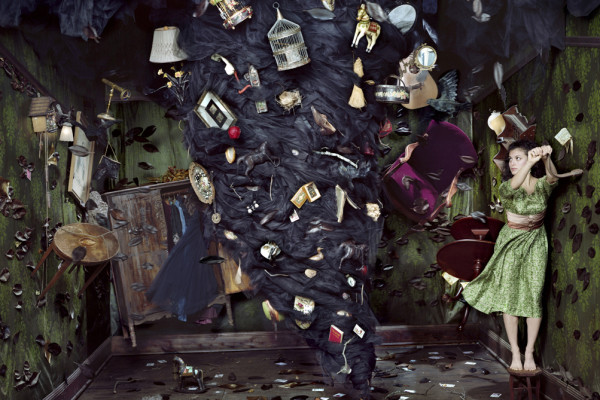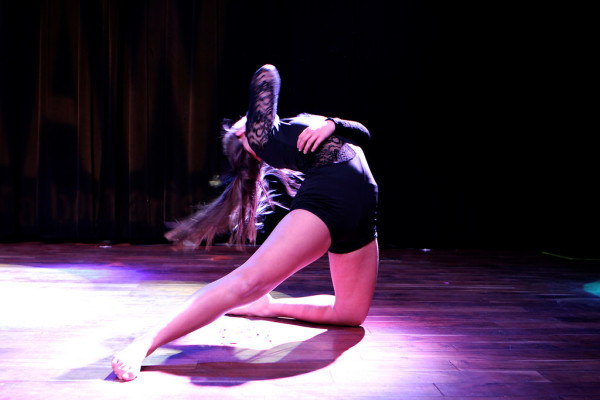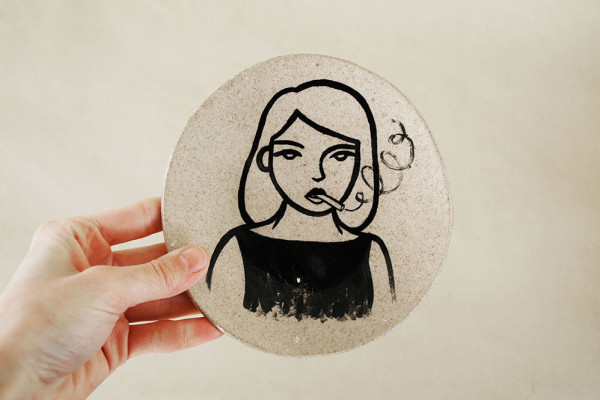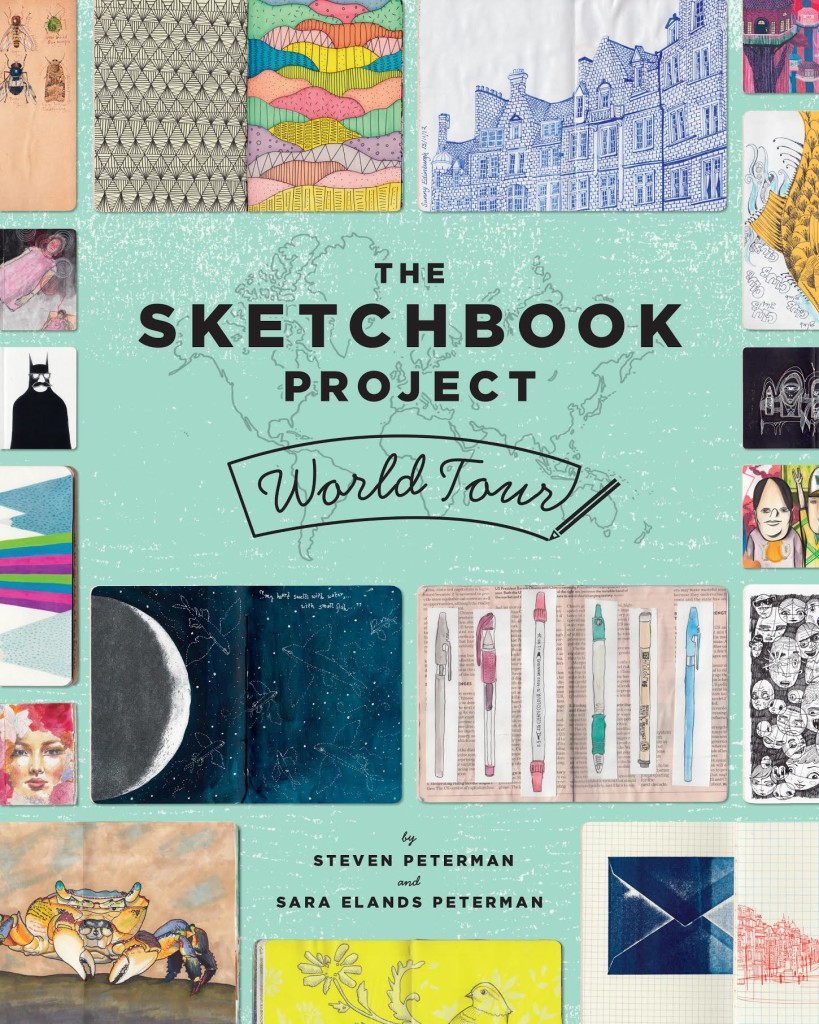 The Sketchbook Project is Brooklyn-based art movement that was born here in Atlanta nearly 10 years ago. Artists (or non-artists) receive a sketchbook, fill it up with drawings, painting, collages and whatever else they like, then mail it back as part of the project’s collection. These days, they’ve got about 32,000 sketchbooks amassed from around the globe. This weekend, co-founder of The Sketchbook Project, Steven Peterman, will be in Atlanta as part of The Sketchbook Project World Tour, June 5-7 at Ponce City Market. There, people can browse through a mobile library chockfull of sketchbooks for perusal and inspiration.
The Sketchbook Project is Brooklyn-based art movement that was born here in Atlanta nearly 10 years ago. Artists (or non-artists) receive a sketchbook, fill it up with drawings, painting, collages and whatever else they like, then mail it back as part of the project’s collection. These days, they’ve got about 32,000 sketchbooks amassed from around the globe. This weekend, co-founder of The Sketchbook Project, Steven Peterman, will be in Atlanta as part of The Sketchbook Project World Tour, June 5-7 at Ponce City Market. There, people can browse through a mobile library chockfull of sketchbooks for perusal and inspiration.
CommonCreativ talked to Peterman about the upcoming tour stop, the project’s path to success and what’s on the horizon.
CommonCreativ: How did the idea for The Sketchbook Project come about?
Steven Peterman: We started as a small gallery in Decatur. We initially started doing ‘projects’ to get more people in the local area involved, but we soon realized there was a larger audience interested in them. The Sketchbook Project was just one of many that we did, it just was the one that took off. We really just wanted to create a place where people felt that they could be a part of. We also loved the idea of a community of people coming together to create one big experience.
CC: How did you grow the project into the tens of thousands of artists who have been involved today?
SP: It was a very organic process. We never set out for this to be the result—it just happened. Slowly people started to show interest. We used to cap the project at 500. The year we stopped doing that we grew to 2,500, then 3,500 and then 28,000 participating artists. It seemed like we hit a good nerve with creative people at the time. It was pre-Instagram and pre-Kickstarter, and I think people were looking for ways to connect and create more online. Using the internet as a mode to meet others and then, because we created a physical side of it, it was still approachable and meaningful.
CC: Did you supply sketchbooks to each of those thousands of people? Since it was pre-Kickstarter, how did the project get funding?
SP: We did supply the books. We always have. And we’ve always been self-funded. The project itself is essentially crowd-funded. Because people pay a small fee to be a part of the project, we’re able to do what we do. We just didn’t know what it was called at the time. We just always thought it was cool that all these people could get together and make this happen. It wouldn’t have been the same had we had restrictions on funding. The more people who participated, the more we were able to do with the project.
CC: What’s been one of the coolest parts of seeing it evolve?
SP: It sometimes still feels like a whirlwind. Just last night we were doing a panel at the New York Public Library and I still have moments of awe. But I think that one of my favorite parts is the international scope. I love seeing books go out and come back from all over the world. That people find us online, trust us enough to sign up and just send off their work to us—it’s amazing that we live in a world where an artist from Sudan can send a sketchbook to a library in New York and sit on a shelf next to a mom from Kansas. That to me is the coolest part.
CC: The project is made up of tangible art that’s available to the masses in a digital space. Was that something that came about organically?
SP: Well, I was a printmaker and the other co-founder was a graphic designer and developer. I always think that there was a good marriage between the two with us. I always pushed for the in-person experience, while he pushed for the digital side. It was out of necessity that we grow. When we had to many sketchbooks, we needed a library system. When people wanted to see books online, we needed to build a digital library.
CC: What are some of the most memorable or out-there books that stick out to you?
SP: I really believe in the collection as a whole. I feel like it’s unfair of me to say one is better than another, mostly because there are books about people who have cancer, or who lost a parent, next to books from professional illustrators. How do you compare the emotional with the talent?
CC: That makes sense. So, what can Atlantans expect from TSP’s local tour stop?
SP: We’re setting up our mobile library in front of the Binders store at Ponce City Market. They invited us down and are helping to make the Atlanta stop happen. Also, Mailchimp is our 2015 tour sponsor, so being that they are right there too, I hope for a really exciting event. If someone has never been to an event with us, the mobile library is like a food truck, but with sketchbooks. People create a ‘digital library card’ on their phone or one of our iPad kiosks. They can then search the collection we have with us by any tag they want: name, locations, mediums used, literally any word. All the artists tag their books with words, so you really can search things like, French and frogs, and probably find a book. We then grab the books for you and call your name out. You flip through them, bring them back up and do it again! It’s super family friendly as well.
CC: Why is this the last planned tour?
SP: It’s just the last tour that we’re going to pre-plan. Since we’re such a small team, it has begun to take its toll on us. We’re excited to focus on new things, like more books and more ways to share the collection and become a world resource for creative people. We plan to still travel with the project, just on a smaller level with a focus on local communities that want to bring us out and can help make that happen.
CC: What’s your ultimate goal for the Sketchbook Project?
SP: That’s a tough one. I’ve been thinking a lot lately about how the project has evolved with me in a sense. Right now, my wife and I run the project. As we get older and we move into new phases of our life, the goal for the project has changed and matured in a way—like going on a crazy tour around the country, that is something a person in college would plan. And as I get closer to 30, I really want the focus and goal to be on becoming a world-known resource. I love the fact that there are so many voices represented in the collection, and I want more people to share theirs and be a part of this massive movement. I’m excited to see what the next 10 years will bring for us, because I also am one to just go with the flow a bit. I do feel that I have a moral obligation to make sure this amazing collection is seen.
You can learn more about the Sketchbook Project and its mission on their site.




